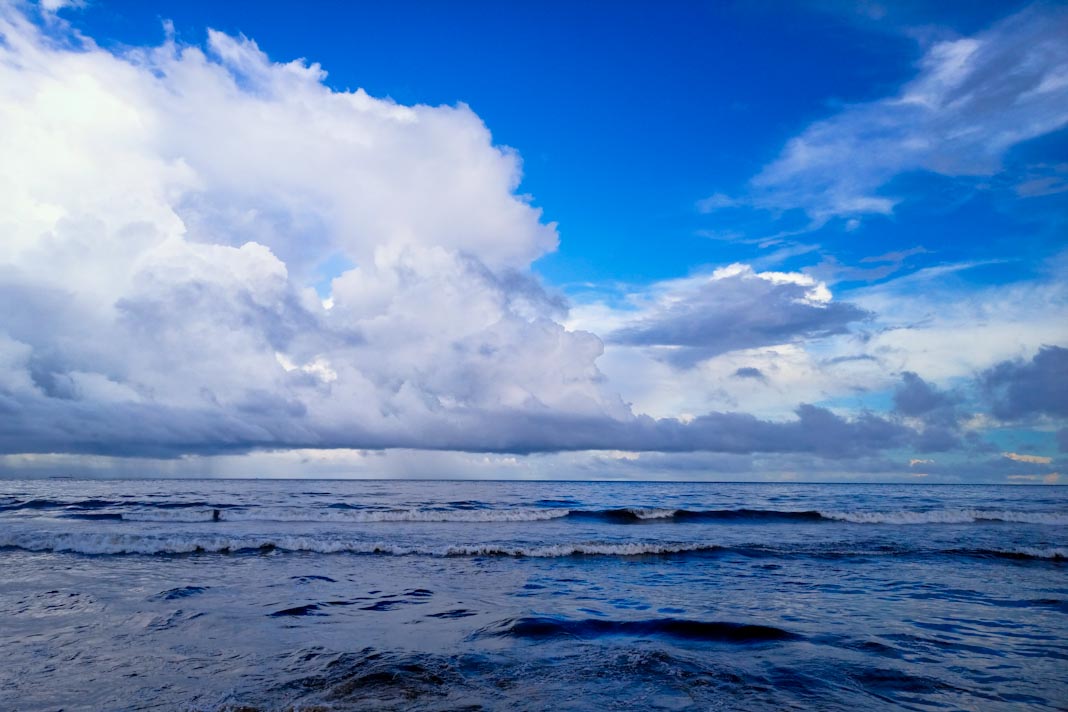Stillstrom by Maersk and the Panama Canal Authority (ACP) have entered into a Memorandum of Understanding (MOU) with the shared goal of investigating the potential for deploying Stillstrom’s offshore charging technology. The primary objective of this collaboration is to identify ways to reduce greenhouse gas emissions from vessels that are idling while waiting to transit the Panama Canal or in the surrounding areas. This initiative reflects a commitment to exploring innovative solutions for decarbonizing maritime operations within and around this critical global waterway.
Decarbonization Initiatives
The Panama Canal, handling approximately 14,000 vessels annually, recognizes its crucial role in global commerce and the importance of maritime sustainability. The Panama Canal Authority (ACP) has been actively pursuing decarbonization through several key initiatives:
- Incentive Programs for Lower-Emission Vessels: The ACP has introduced programs like the Green Connection Environmental Recognition Program (launched in 2016) and the more recent NetZero Slot initiative (announced in March 2025, to commence in October 2025). These programs reward vessels that meet high environmental efficiency standards, utilize low-carbon fuels, and incorporate energy-efficient technologies by offering benefits such as improved ranking for transit booking and potentially expedited transit times.
- Investment in Water-Saving Initiatives: Recognizing water management’s importance for its operations and the surrounding communities, the ACP has invested in various water-saving measures. These include cross-filling techniques in the locks (reusing water between chambers), tandem lockages (allowing two ships to transit simultaneously in one chamber when size permits), optimizing transit schedules to maximize water savings, and the use of water-saving basins in the Neopanamax locks. They are also exploring long-term solutions like the development of new reservoirs.
- Commitment to Reducing Operational Carbon Footprint: The ACP is committed to reducing its carbon emissions and has set a goal to become carbon neutral by 2030. This involves exploring new technologies, and clean fuels, implementing energy efficiency measures, and conservation programs within its operations.
The recent partnership with Stillstrom to explore offshore charging technology for vessels idling near the Canal further demonstrates the ACP’s dedication to transforming maritime logistics into a cleaner and more sustainable industry by addressing emissions beyond the transit itself.
Offshore Charging
For vessels waiting to transit the Panama Canal or at anchor near coastal regions and cities, the conventional practice of idling involves running diesel or heavy fuel oil generators. This process releases harmful emissions such as CO2, NOx, and particulate matter into the atmosphere.
Stillstrom’s offshore charging technology offers a vision of a more sustainable alternative. It proposes that vessels could draw power silently from a stationary offshore unit, effectively eliminating the need to burn fossil fuels while awaiting their turn.
The concept envisions ships at anchor seamlessly connecting to an offshore power source. In this scenario, the vessel’s engines would remain off, resulting in quiet operations and cleaner air free from exhaust fumes. This is the future that Stillstrom and the Panama Canal Authority (ACP) are collaborating to realize.
Did you subscribe to our daily Newsletter?
It’s Free Click here to Subscribe!
Source: Stillstrom


















